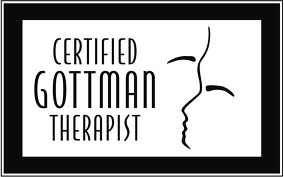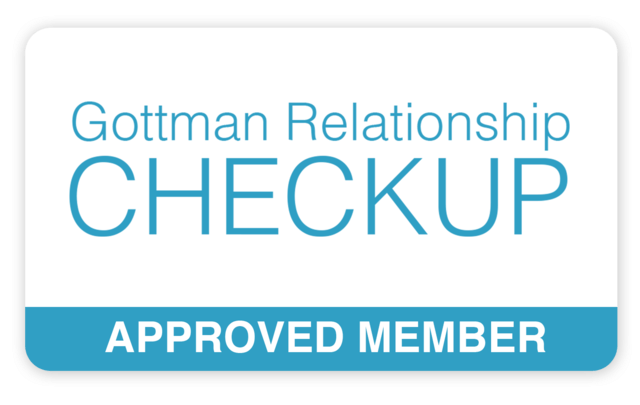
Social distancing due to COVID-19 has caused a radical shift in our work as psychologists. In talking with other therapists, I’ve found that many of us are feeling the strain of doing therapy by teleconferencing. Talking with our clients via a one-dimensional digital representation lacks the subtle interpersonal interaction and relationship that characterize psychotherapy. By now, we’ve created a facsimile of our psychotherapy office that accommodates teletherapy where we try to listen with free hovering attention sitting in front of a screen with a camera, microphone, and perhaps earphones.
Video can be taxing due to the way digital images are encoded, which cause artifacts such as blurring, freezing, and audio that doesn’t always sync. We miss the powerful nonverbal communications that shed so much light on the intangibles of what might be contributing to a person’s issues. A blush, an eye-roll, a tear welling up, the fidgeting of someone with a secret, the nervous giggle, or shy smile—these nuanced communications can give us insight and aid our understanding of unconscious dynamics.
Whether in person or over the phone, we can still be attuned to our clients in the moment. In my psychotherapy practice, I have been influenced by Theodor Reik and his book Listening with the Third Ear (1943):
We are… encouraged to rely on a series of most delicate communications… collecting all our impressions; to extend our feelers, to seize the secret messages that go from one unconscious to another. . . . The student often analyzes the material without considering that it is so much richer, subtler, finer than what can be caught in the net of conscious observation. The small fish that escapes through the mesh is often the most precious.
Important in adjusting to providing teletherapy that most approximates in-person sessions is solving technical problems while paying attention to ethics (see updated information on ethical practice from the American Psychological Association) and HIPAA compliance. Some of these issues include:
- Deciding on a HIPAA- compliant secure videoconference platform such as VSee, Zoom, Doxy, or Simple Practice (which I use.)
- Ensuring good WIFI (I had to buy an extender because my home office’s connection was sluggish and intermittent) and closing all other browser windows
- Learning how to code for insurance reimbursement
- Giving clients clear instructions on how to access our video link and what to do if we get disconnected
- Creating a telehealth consent form and discussing potential risks and limitations of treatment
- Discussing safety plans
- Confirming with clients how to ensure privacy and security before, during, and after our video call.
- Clarifying how to send payment
- Asking for ID from new clients to confirm they live in California (unless we’re licensed to provide service in another state)
Other telehealth considerations have to do with making the session work visually. We’ve learned to position screens so the camera catches us from above and doesn’t show a double chin. To see each other clearly, we’ve learned to position the lighting behind our screen, and when necessary, have instructed clients to do the same. To lessen distraction and be better present in the session, we avoid glancing down at our own image. Though it’s impossible to make real eye contact in a video call, we can better focus on a patient’s facial expressions by minimizing their image and moving it up the top of the screen nearer to the camera. This helps with connection, even if we can’t pass a tissue when we see our client cry. I have also discovered that sitting a little way back more clearly echoes sitting somewhat apart, as we would in person. There is more of a space between us.
But there’s no new thing under the sun, and telemental health has been used for decades. Before smartphones, video chat, FaceTime, or Zoom, therapy via landline improved access to care, offering a cost-effective alternative to in-person therapy in many situations and populations. In Mules of Love (2002), Ellen Bass — poet and co-author of The Courage to Heal — wrote about the possibilities for therapeutic connection even across a seemingly impersonal, clunky telephone line:
Phone Therapy
I was relief, once, for a doctor on vacation
and got a call from a man on a window sill.
This was New York, a dozen stories up.
He was going to kill himself, he said.
I said everything I could think of.
And when nothing worked, when the guy
was still determined to slide out that window
and smash his delicate skull
on the indifferent sidewalk, “Do you think,”
I asked, “you could just postpone it
until Monday, when Dr. Lewis gets back?”
The cord that connected us—strung
under the dirty streets, the pizza parlors, taxis,
women in sneakers carrying their high heels,
drunks lying in piss—that thick coiled wire
waited for the waves of sound.
In the silence I could feel the air slip
in and out of his lungs and the moment
when the motion reversed, like a goldfish
making the turn at the glass end of its tank.
I matched my breath to his, slid
into the water and swam with him.
“Okay,” he agreed.
During this global crisis, doing psychotherapy so differently from our usual way of working requires facile adaptability, even once the practicalities are solved. But we can rely on our ethical principles to give us, and our clients, a safe and secure way to experience the moment. By endeavoring to listen and respond with the Third Ear, we strengthen our ability to make a healing therapeutic connection. In fact, being forced into this situation may reveal the usefulness of teletherapy that will last well beyond COVID-19.
This article was originally published in The Contra Costa Psychological Association Newsletter, May 2020.


